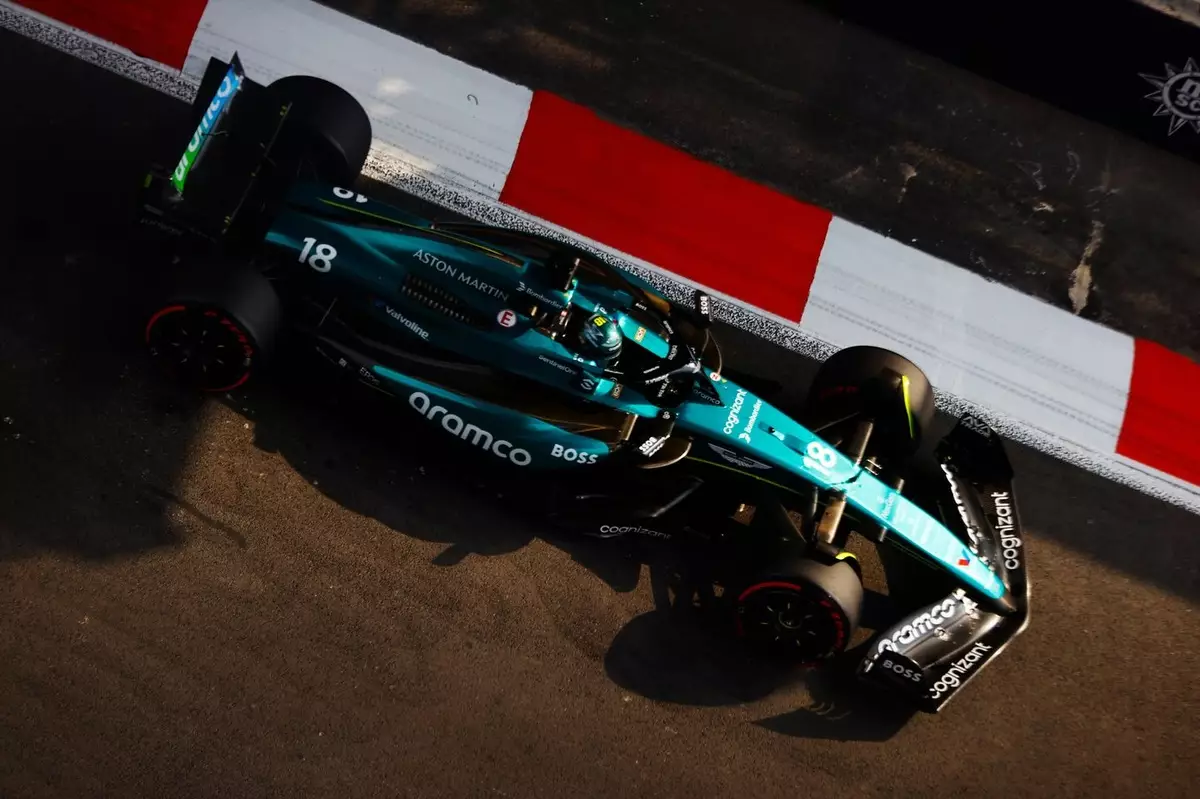With the dawn of the new technical regulations set to take place in 2026, significant changes in the realm of Formula 1 can now be anticipated. Adrian Newey, an esteemed figure in the motorsport world, currently set to take on the role of managing technical partner for Aston Martin, has expressed particular concerns about these changes. He draws attention to the substantial transformation Formula 1 is undergoing by focusing exclusively on engine specifications. Newey insists that the series may experience a shift to engine dominance reminiscent of the dramatic transition back in 2014 when hybrid power units were first introduced.
One can draw an intriguing parallel between the current situation and the past. In 2014, the introduction of hybrid engines established a distinct competitive advantage for Mercedes, setting a high bar that their competitors struggled to meet. Newey foresees a repeat scenario, where one power unit manufacturer could exploit the new hybrid-focused framework and quickly elevate themselves above the rest, establishing themselves as the team to beat.
The key focus of these regulations is a significant overhaul of power systems. The hybrid components will veer from the intricate and costly MGU-H electrical motors, shifting the emphasis toward a more robust MGU-K unit. This shift not only simplifies the design but also pivots towards utilizing sustainable fuels. The added element of an override feature, which allows drivers to get additional power while slipstreaming, promises to add yet another layer of strategy and excitement reminiscent of the current Drag Reduction System (DRS).
Newey points out that the amalgamation of changes to both chassis and engine regulations is unprecedented. He conveys concerns that this shift towards engine dominance could create an imbalance in competition, as certain manufacturers race forward while others lag. The peculiarities of the new regulations might allow for a scenario where one manufacturer could achieve lasting success through a powerful combustion engine, while others find it challenging to catch up.
The complexities of these upcoming regulations bother Newey even more due to the nuanced design of these engines. While catching up from a performance perspective on electrical elements may be more feasible, factors like dyno restrictions add layers of difficulty. Teams will need to ensure their engines are finely tuned to the sustainable fuels they opt to use. Thus, the push for both innovation and optimization will intensify as teams scramble to unveil their best performance.
Underlying these engineering discussions, the shifts in team partnerships are just as significant. Aston Martin’s collaboration with Honda for engine supplies is a noteworthy alliance, reflecting the changing landscape of F1 relationships. Meanwhile, Audi is entering as a new competitor following their acquisition of Sauber, which will diversify the existing pool of engine manufacturers. Red Bull is also venturing into self-sufficiency by crafting its own engines with Ford’s collaboration, a strategic shift that could pay dividends if implemented correctly.
The estimated arrival of General Motors’ Cadillac into the F1 fray further emphasizes the swiftness with which the series is evolving. Each of these manufacturers comes into play with unique approaches to engineering and design, raising the stakes for innovation. However, Renault’s withdrawal from its power unit programme, opting instead to become a customer team with Mercedes, introduces a new dynamic, altering the competitive landscape even further.
As Newey prepares to undertake new challenges with Aston Martin, his keen focus will naturally lie in strategizing for the 2026 season. With the sign-off on technical regulations occurring only recently, teams are beginning their preparations, emphasizing the urgency that lies ahead. Newey’s potential contribution to the 2025 season, though uncertain, speaks to the intricacies of managing simultaneous demands across seasons.
As the clock winds down to 2026, Formula 1 stands on the precipice of a transformative era. The emphasis on engine specifications, particularly the hybrid model, could drastically reshape the competitive landscape. With Newey’s expertise guiding Aston Martin amidst burgeoning partnerships and evolving regulations, fans and followers of motorsports are left to ponder how these changes will unfold on the track. The interplay between engineering innovation and competitive strategy seems bound to create an exhilarating chapter in Formula 1 history.


Leave a Reply